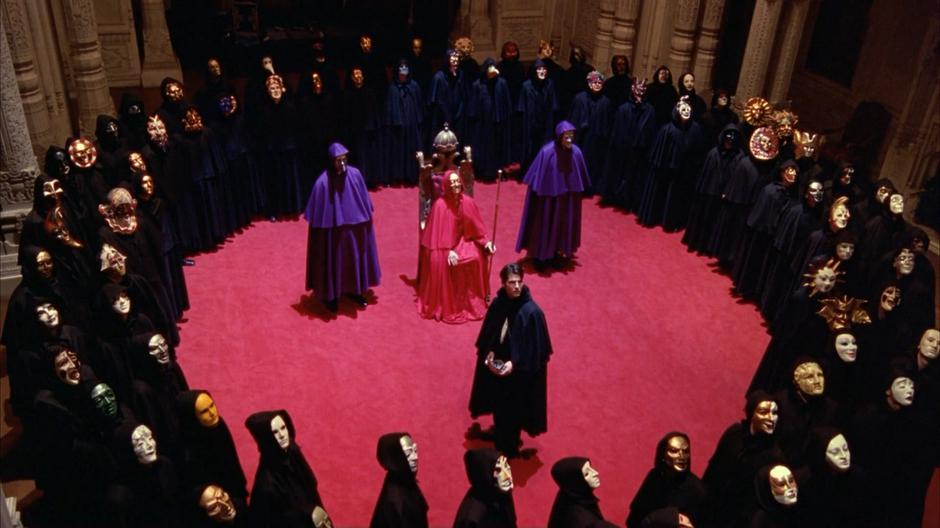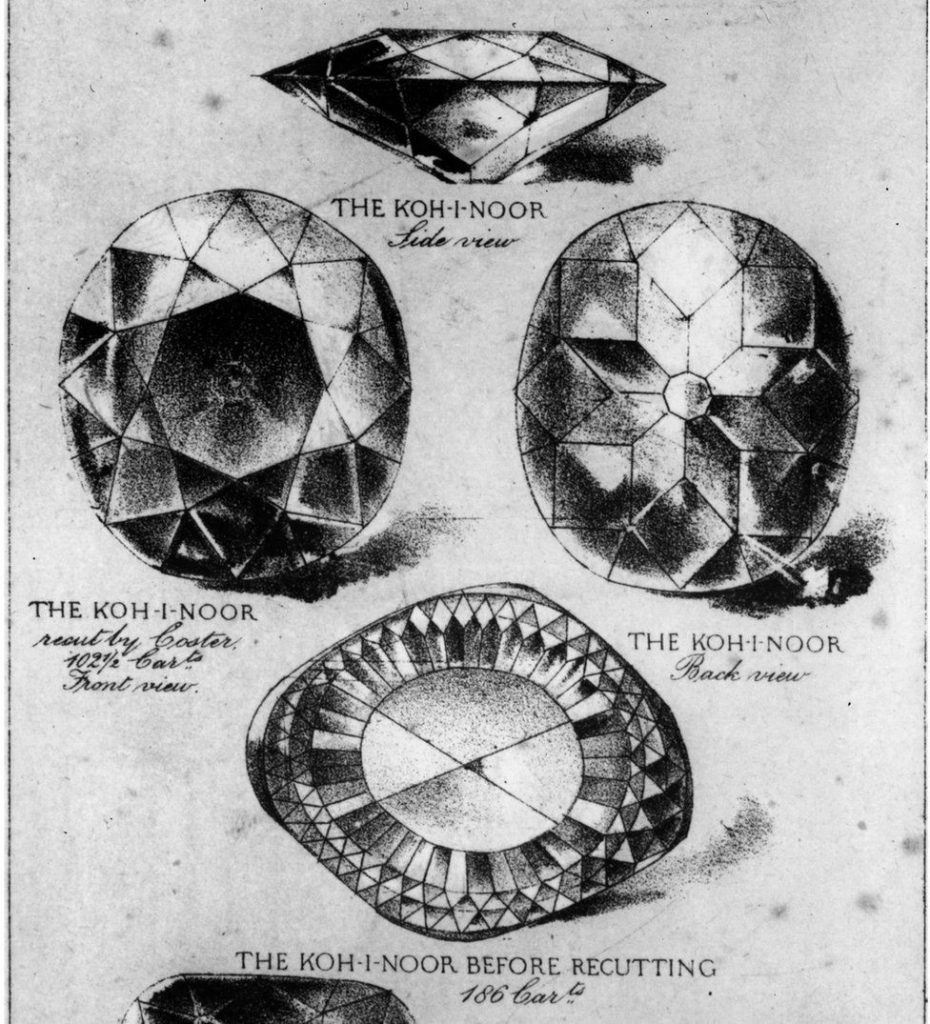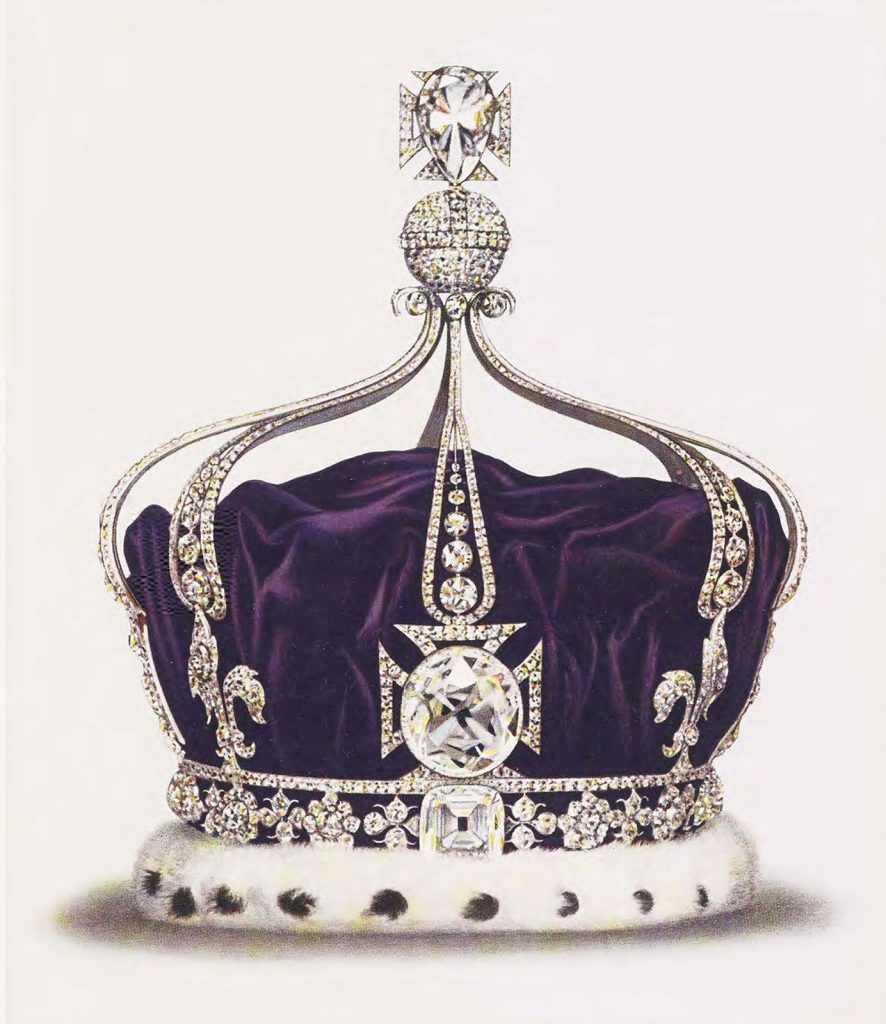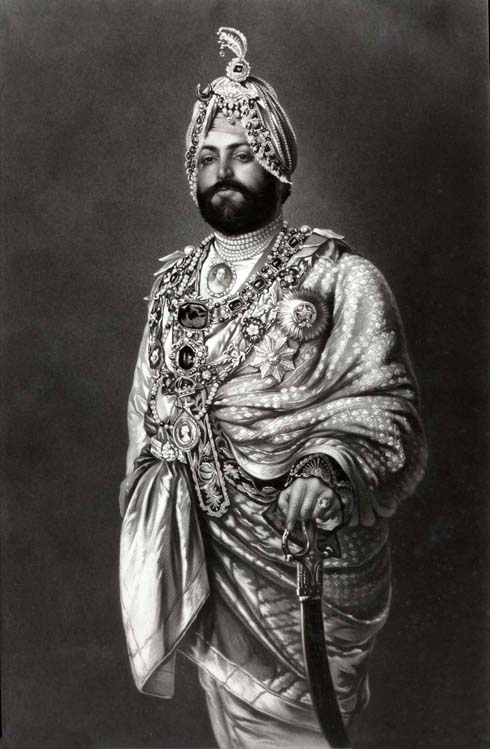
Maharaja Duleep Singh
Maharaja Duleep Singh, the last true ruler of the Sikh Empire, and then owned the Koh-i-Noor diamond, was exiled to Britain, having been removed from his kingdom by the British East India Company. He was the last of his line to have been born in India.
As a child his mother was regent of the Punjab and after the Anglo-Punjab war with the East India company claiming the territory for the British, Sir John Spencer Login was appointed his guardian and set to anglicising this ten year old child by schooling him with other officers children. When he was eleven the young Duleeep Singh was forced to sign over the Koh-i-Noor to the East India Company, who gave it as spoils of war, to Queen Victoria.
Duleep Singh arrived in England in late 1854 and was introduced to the British court. Queen Victoria showered affection upon the turbaned Maharaja, as did the Prince Consort. Duleep Singh was initially lodged at Claridge’s Hotel in London before the East India Company took over a house in Wimbledon and then eventually another house in Roehampton which became his home for three years. He was also invited by the Queen to stay with the Royal Family at Osborne, where she sketched him playing with her children and Prince Albert photographed him.
After being welcomed into society, the sixteen year old, Duleep Singh was given a pension of around two and a half million pounds a year. He was an educated man and was a member of the Photographic Society from 1855.
He had many homes in Britain. First being bought a house by the East India Company in Wimbledon and then Roehampton, then he was moved out of the way of London to Scotland: to Castle Menzies, then in 1860, Grandtully Castle as well as Auchlyne House, and in 1861 when he became Maharaja he acquired Elveden Hall, Suffolk, with it’s 17,000 acres.

The original Elveden Hall was a Georgian building which the Maharaja Duleep Singh had enlarged in 1863-1870 by his architect John Norton in an Italianate style for the exterior and Indian style for the interiors, to resemble the Mughal palaces that he had been accustomed to in his childhood. He also augmented the building with an aviary where exotic birds such as golden pheasant, Icelandic gyrfalcons, parrots, peafowl and buzzards were kept.
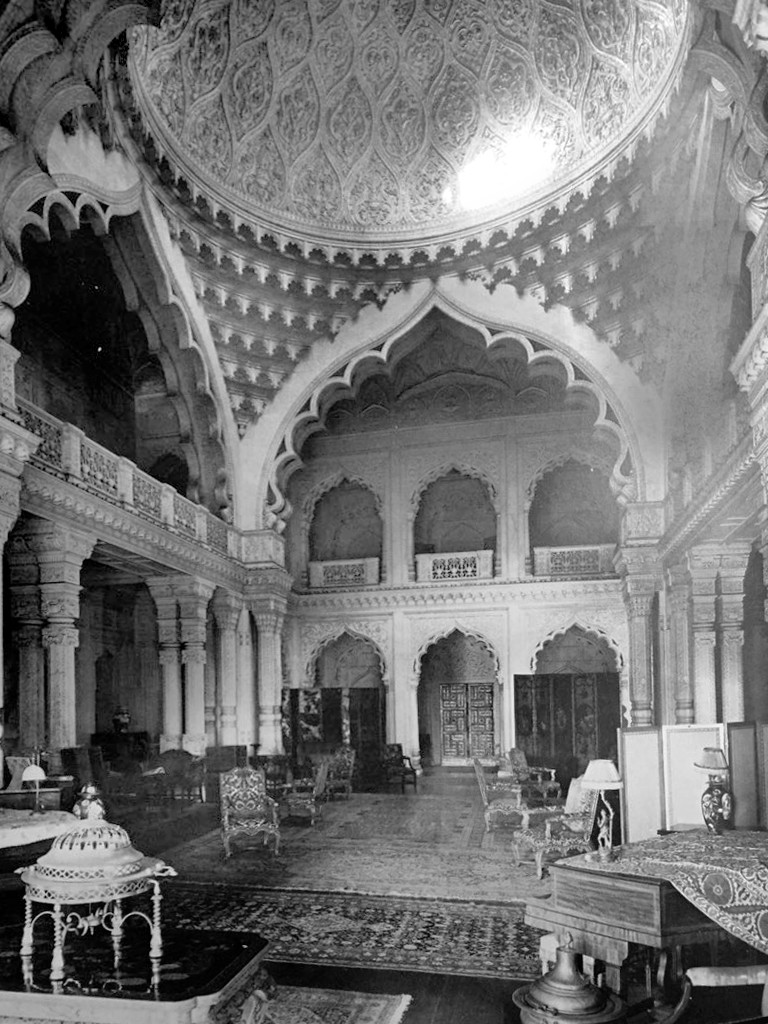
Now the area is known for being the Thetford Centre Parks resort, being built on part of the estates lands.
After seasons of poor farming in the 1870s, vast over spending and political tensions in government, the Maharajah left Elveden and England in 1886 for India. He was however arrested in Aden, Yemen and forced back to Britain on fear he would be a political menis.
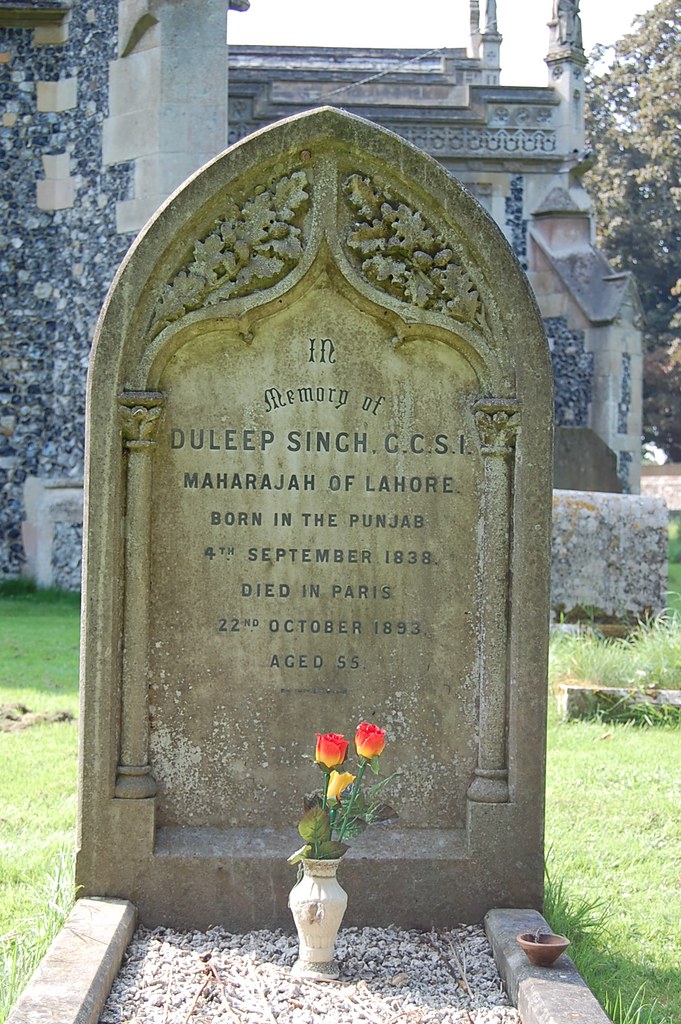
After the Maharajah’s death in Paris in 1893, the estate was sold off and bought by members of the Guinness family. They too fell on hard times and had abandoned the expense of living in the hall, and were living elsewhere on the estate. Its entire contents, including elaborate items owned by the Maharajah, were auctioned at Christie’s in May 1984.
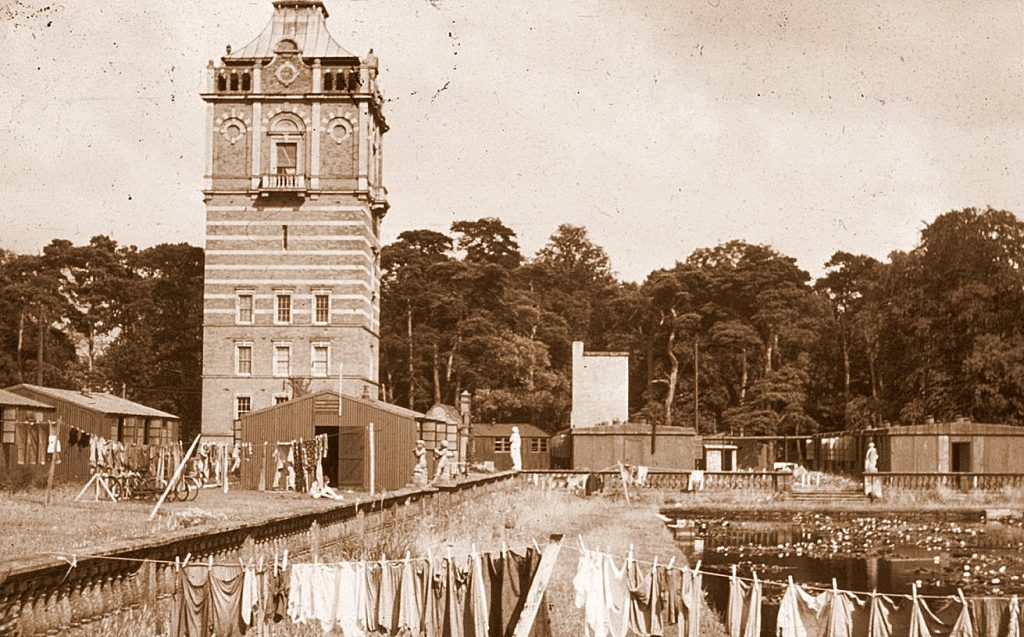
During the Second World War the house and grounds were used by the American Air Force. Above is the large ornamental lake (that has been filled in) next to the water tower.
Since then, the Guinness family have rented the hall out for filming. Movies shot there include:
The Living Daylights (1987)
Gulliver’s Travels (1996)
The Moonstone (1997)
Eyes Wide Shut (1999)
Lara Croft: Tomb Raider (2001)
Stardust (2007)
Dean Spanley (2008)
All the Money in the World (2017)
